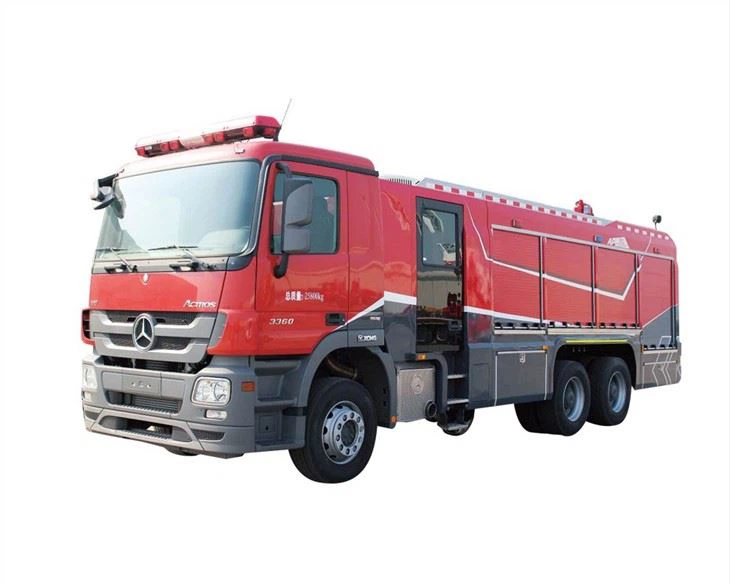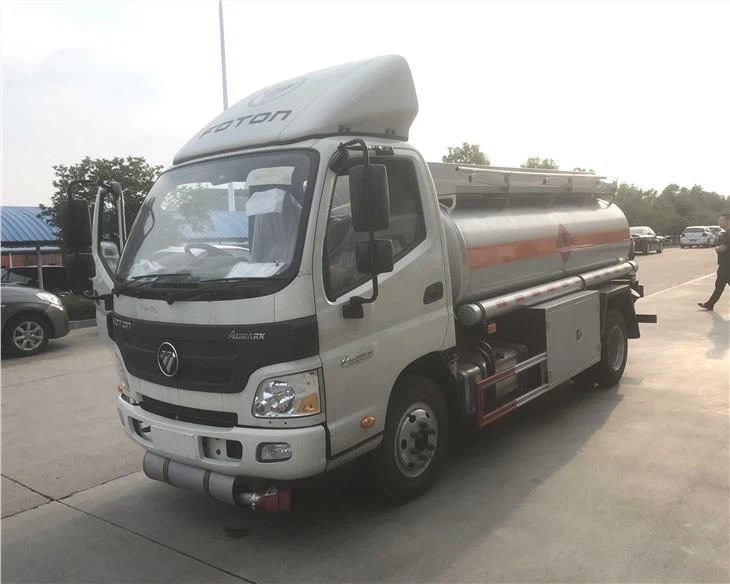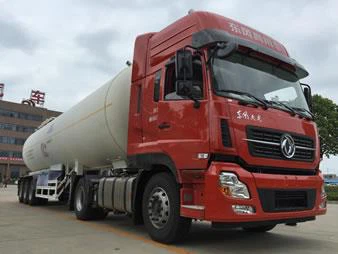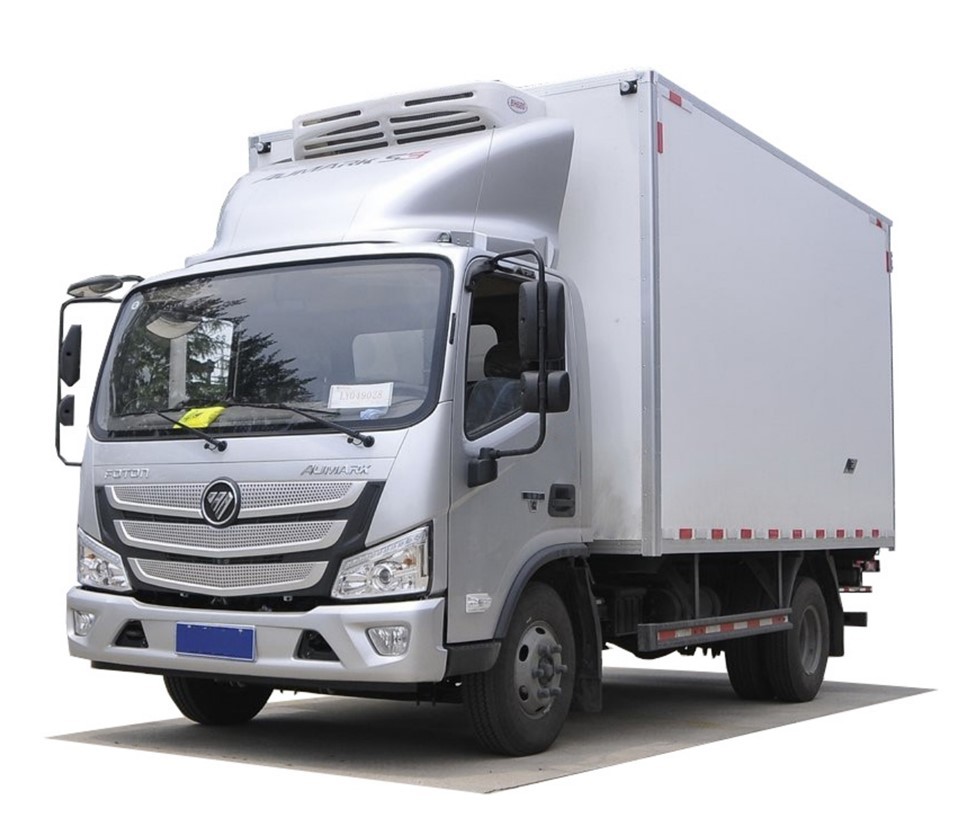How Trash Trucks Work: A Comprehensive Guide

Trash trucks are an essential part of municipal waste management, serving communities by collecting and transporting waste to landfills or recycling centers. Understanding how these trucks work can give insight into the complex process behind maintaining cleanliness in our cities. This article provides an in-depth look at trash truck functionalities, types, and the waste collection process.
Understanding the Basics of Trash Trucks
What is a Trash Truck?

A trash truck, also known as a garbage truck, is a specially designed vehicle for collecting, carrying, and transporting waste materials. Typically, these trucks are outfitted with hydraulic systems for lifting and compacting waste, guaranteeing efficiency in the disposal process.
Key Components of a Trash Truck
| Component | Description |
|---|---|
| Chassis | The truck’s frame, which supports all other components. |
| Load Body | The container where waste is stored; varies in size and shape. |
| Compaction System | A hydraulic mechanism that compacts waste to maximize space. |
| Lifting System | Devices used to lift bins or carts, usually hydraulic-powered. |
| Control Systems | Systems that allow the driver to control compaction and lifting functions. |
The Different Types of Trash Trucks
Front-Load Trucks
Front-load trucks feature a large container in front, making them ideal for commercial waste collection. They work best with dumpsters and are commonly seen in business districts.
Rear-Load Trucks
Rear-load trucks have a separate compartment at the back for the driver to access, allowing for manual garbage collection. These trucks are commonly used for residential areas with curbside pickups.
Side-Load Trucks
Side-load trucks pick up waste using a hydraulic arm from the side. This design enables efficient collection of waste containers and minimizes labor costs since fewer workers are needed.
Roll-Off Trucks
Roll-off trucks are designed for larger loads and feature an open-top container. They’re typically used for construction debris and large scale cleanups.

The Waste Collection Process
Scheduling and Route Planning
Trucks often operate on a fixed schedule, allowing residents to know when to expect pickups. City planners use software to optimize routes, reducing fuel consumption and collection time.
Preparation and Equipment Checks
Before heading out, garbage truck drivers must perform equipment checks to ensure safety and efficiency. This includes inspecting hydraulic systems, compaction mechanisms, and overall vehicle condition.

Pickup Procedure
- The truck arrives at the designated location.
- The driver positions the truck to access bins or dumpsters.
- The lifting system engages to lift and empty the waste into the truck.
- The compaction system compresses the waste to maximize space.
- The truck continues to the next stop to repeat the process.
Transporting Waste
Once the truck is full, the driver transports the waste to a landfill or recycling facility. It is crucial to follow health and safety protocols during transport to prevent spills and ensure public safety.
Innovative Technology in Trash Trucks
Automation and Smart Technology
The garbage collection industry is incorporating smart technology for enhanced efficiency. Automated trash trucks equipped with GPS systems can help optimize routes and improve waste collection management.
Eco-Friendly Solutions
Many modern trash trucks are now designed to be more eco-friendly by running on compressed natural gas (CNG) or being hybrid models that reduce carbon emissions.
Challenges in Trash Collection
Environmental Concerns
As cities expand, the issue of waste management becomes increasingly complex. Trash trucks must operate without causing excessive noise or pollution, presenting a significant challenge.
Safety Concerns
The trash truck environment poses safety risks for drivers, pedestrians, and cyclists. Ensuring safety during collection involves training, proper signage, and route selection.
Space Limitations
In densely populated areas, finding adequate space for collecting bins can be difficult. Trucks may struggle to navigate narrow streets or maneuver around parked cars.
FAQs about Trash Trucks
What types of waste can trash trucks collect?
Trash trucks are generally equipped to collect municipal solid waste, which includes household garbage, yard waste, and recyclables, although specific types of waste may vary by city regulations.
How often do trash trucks come around?
Collection schedules may vary by city, but most residential areas receive waste collection services once per week, while commercial areas may have more frequent pickups.
What happens to the waste after it is collected?
After collection, waste is transported to landfills for disposal or to recycling centers, where materials may be sorted and repurposed.
Are there any restrictions on what can be placed in trash bins?
Yes, most municipalities have guidelines that prohibit hazardous materials, electronic waste, and certain bulky items from being placed in regular trash bins.
How do eco-friendly trash trucks work?
Eco-friendly trash trucks may utilize alternative fuels like compressed natural gas or include hybrid systems to reduce reliance on diesel, thereby reducing overall emissions.
Can I request a special pickup for bulk items?
Most waste management services provide options for bulk item pickups, usually requiring prior scheduling or notification to ensure the proper vehicle is sent.
Practical Tips for Residents
Improving Waste Management at Home
Residents can help streamline the waste collection process by:
- Sorting recyclables from general waste.
- Using bins with lids to prevent windblown litter.
- Following collection schedules and placing bins out on time.
- Minimizing the use of single-use plastics.
Contacting Waste Management Services
If you experience issues with collection, such as missed pickups or overflowing bins, reaching out to your local waste management service can help address these concerns quickly.
